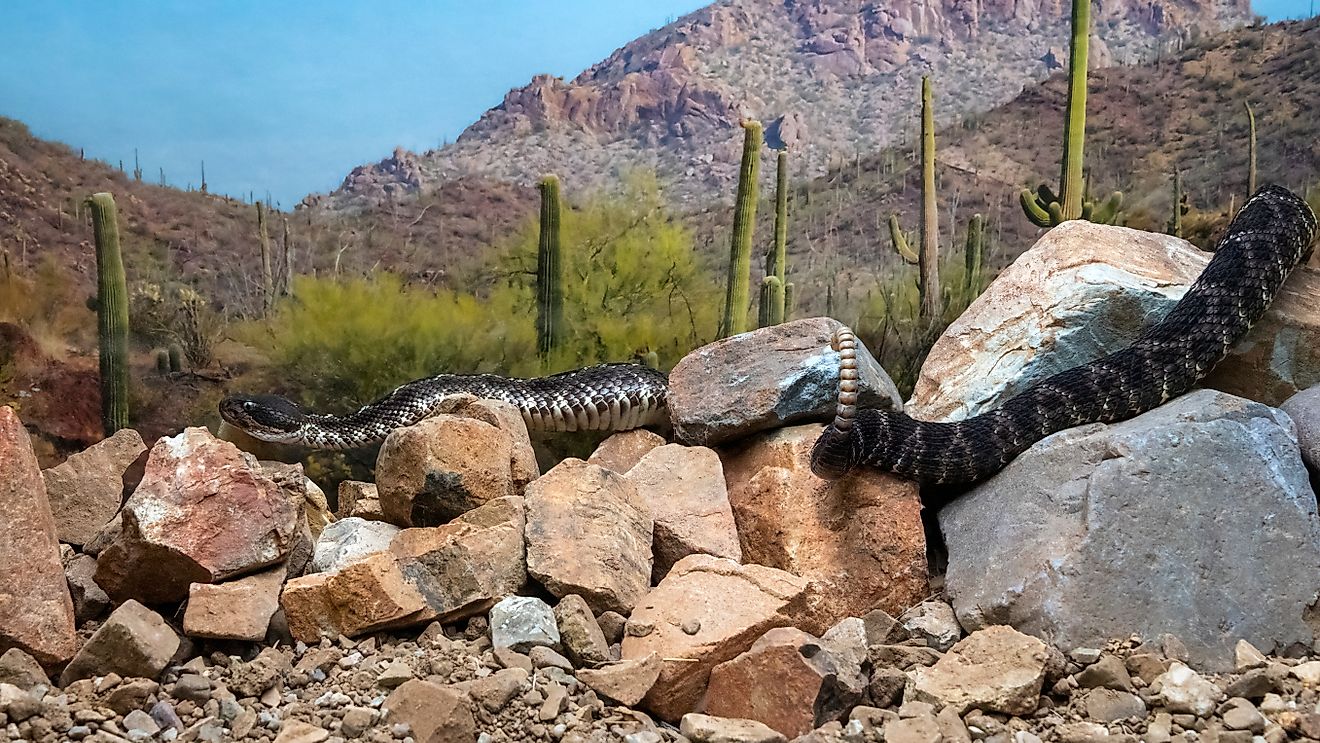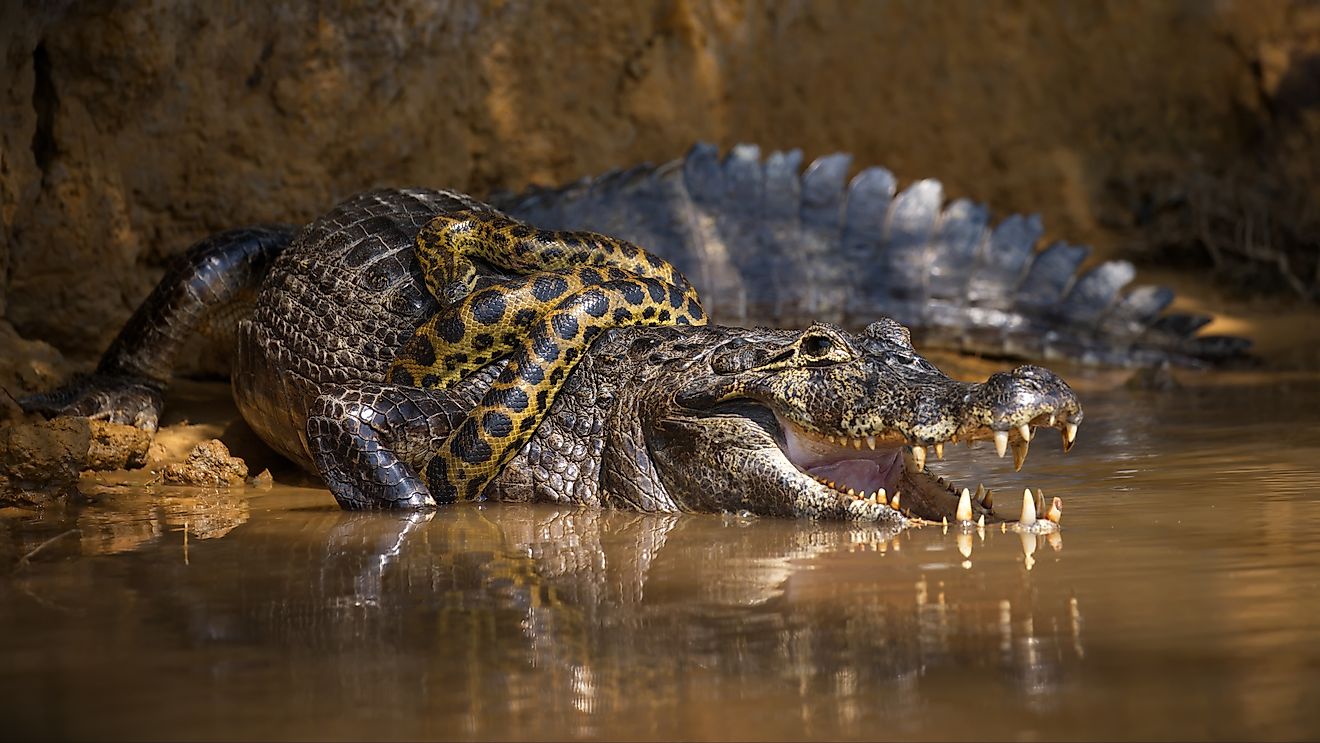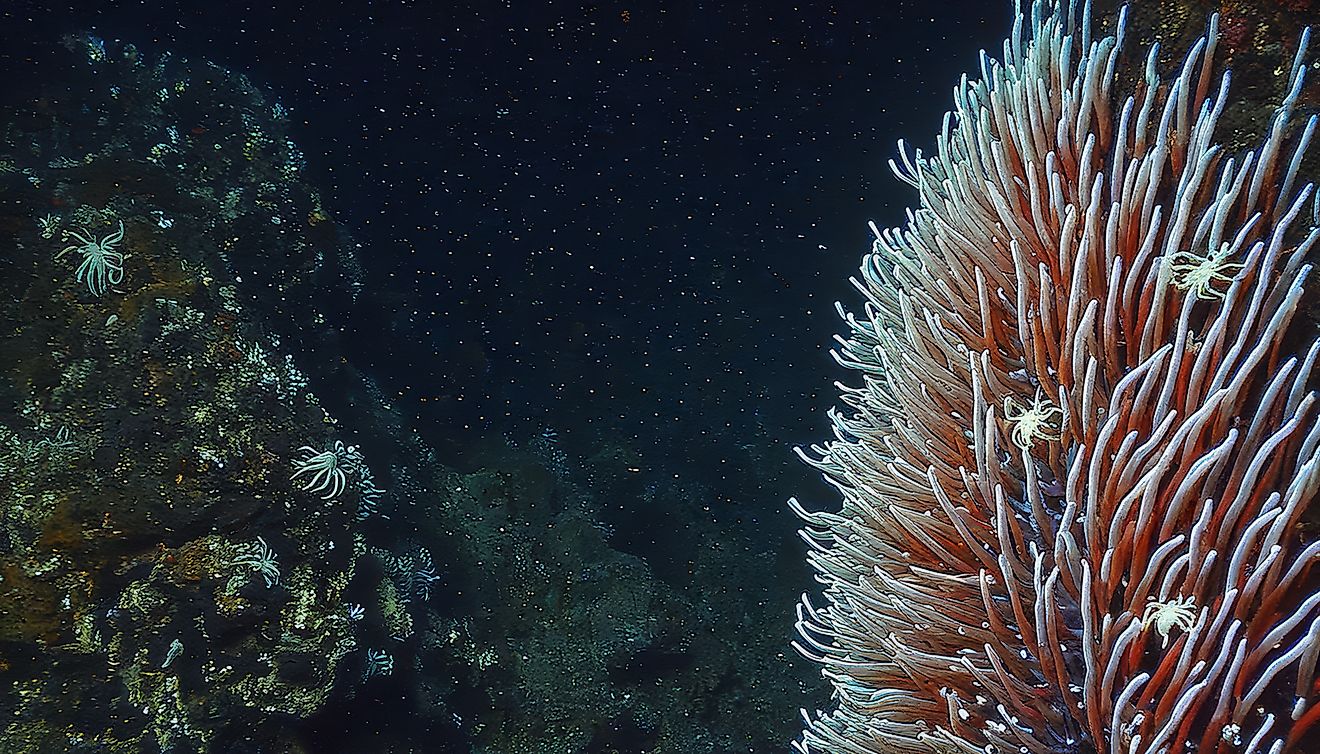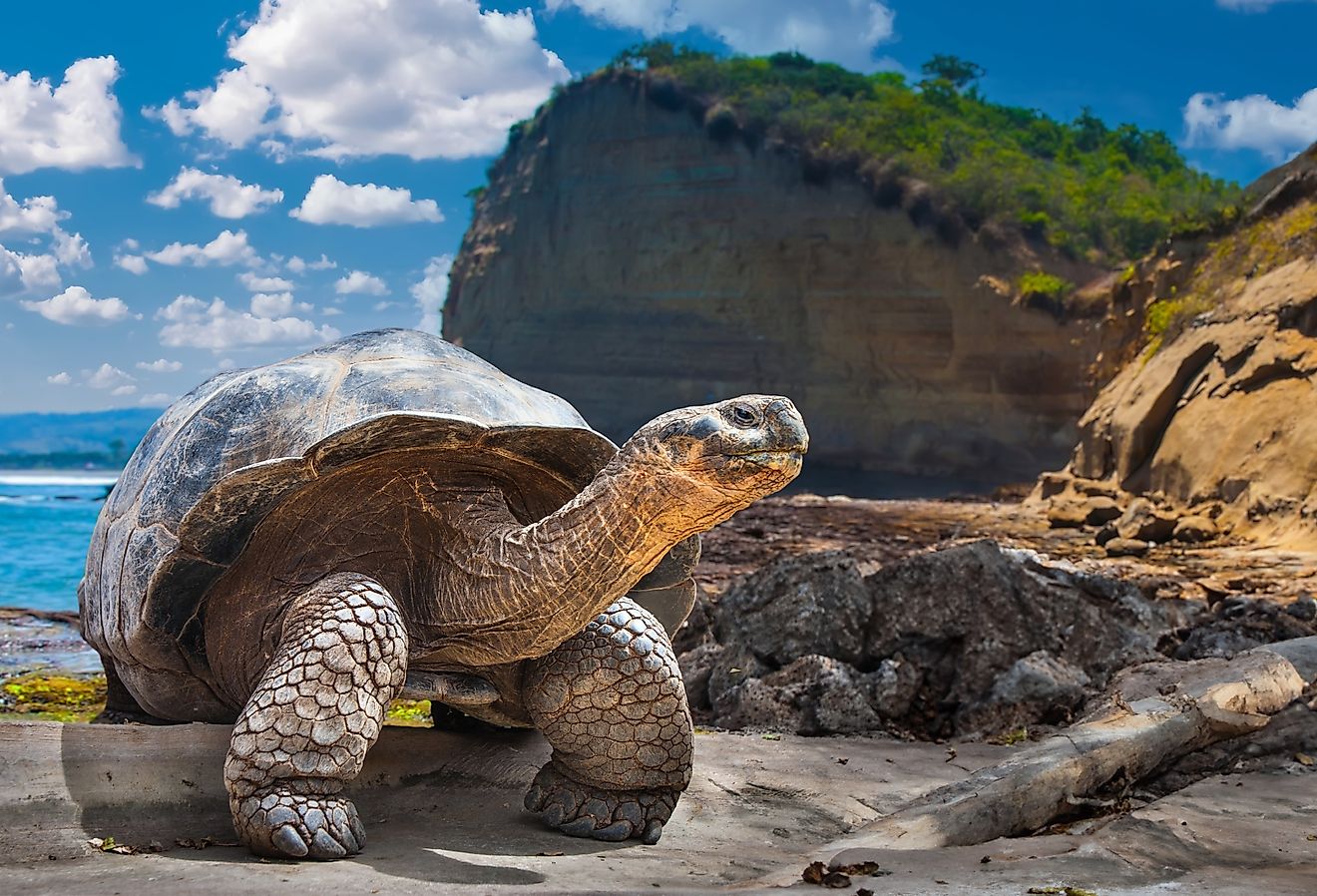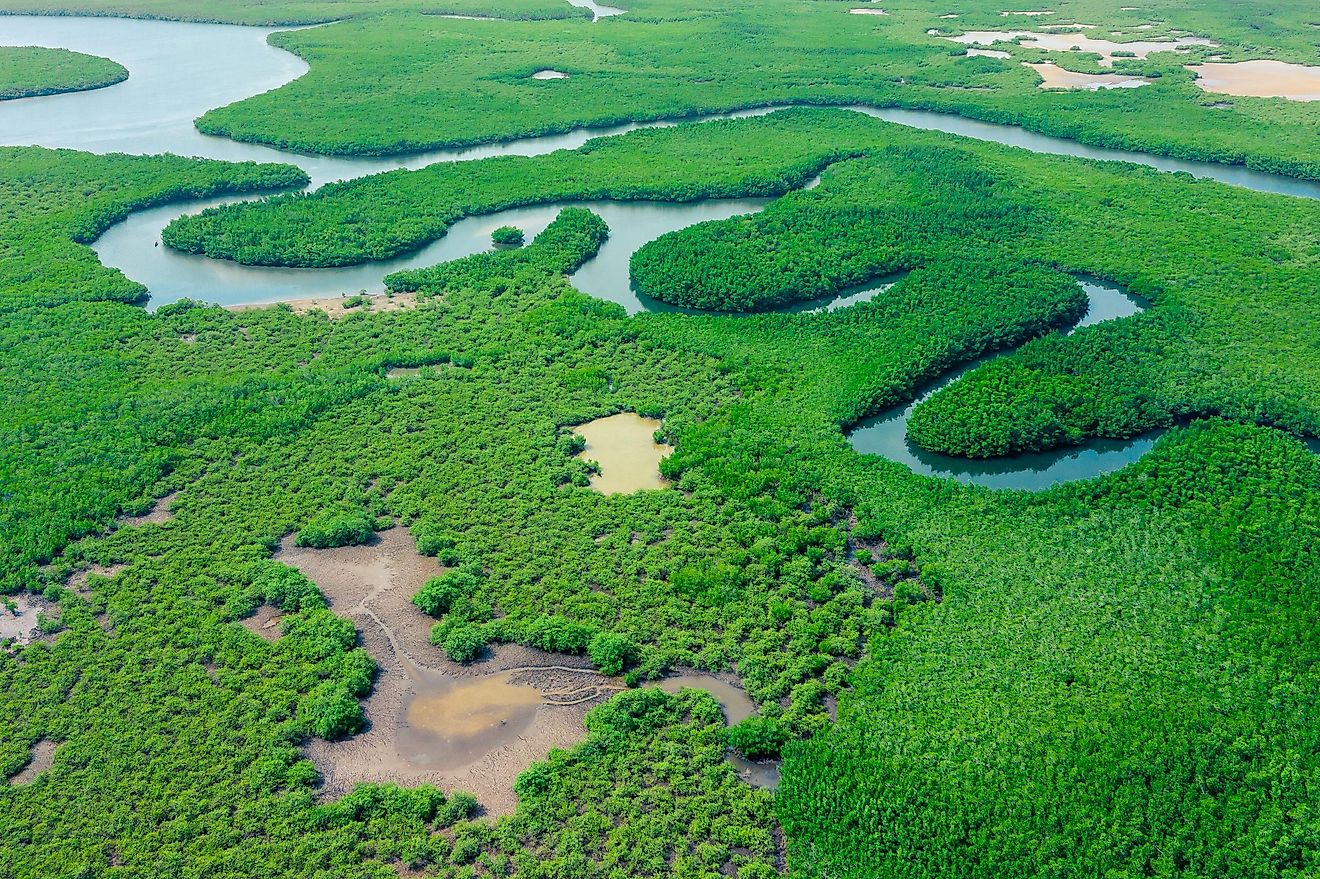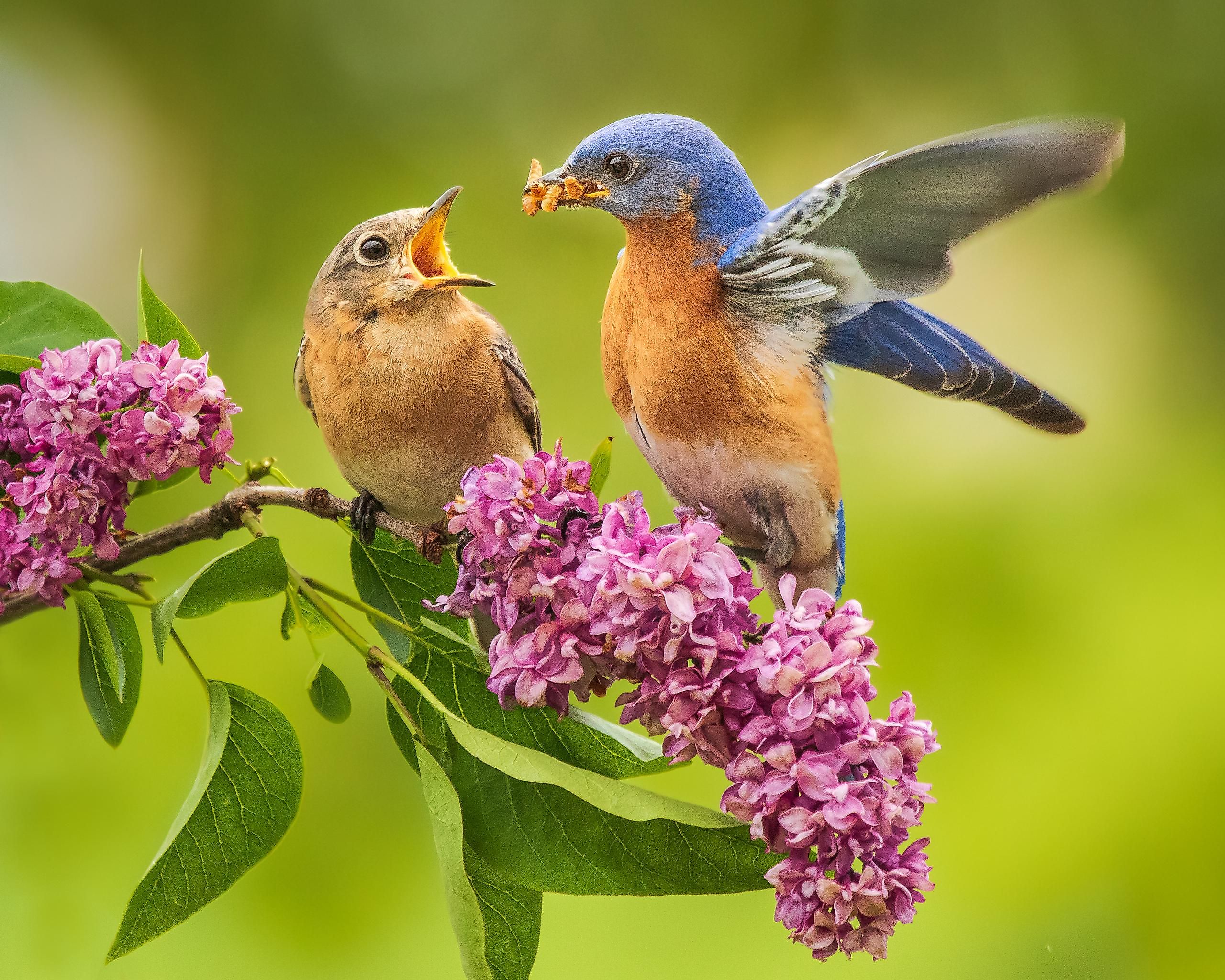
Birds Of New York
"Thou wast not born for death, immortal Bird! No hungry generations tread thee down; The voice I hear this passing night was heard in ancient days by emperor and clown…" This poem by John Keats, Ode to a Nightingale, explores mortality and the temptation of death's escape. Birds have often been used as symbols of liberation, hope, and renewal in poetry, story, and song. Our winged friends have held a place of significance in the tapestry of human culture and mythology. From ancient Egypt to Native American cultures, birds have been cast as intermediaries between the heavens above and the earth below, carrying messages and prayers between the worlds. Ancient Rome chose the image of the eagle to represent its might, and ancient Greece prized the owl, which is associated with wisdom. This tradition continues in the modern era, with each US state selecting an official state bird.
New York State's environmental variability from dense, lively cities to tranquil, open countryside offers unique habitats for diverse bird species. Birds in this state make their homes in trees and atop skyscrapers. Most eat worms and insects, but others prey on other birds. The warm summer climate, followed by cooler fall and freezing winter season, invites migrations. The state is home to pigeons, sparrows, robins, woodpeckers, cardinals, and hawks, among many other species. New York, Louisiana, New Jersey, California, Alaska, and Panama are important stopover places for birds en route to their wintering locations further south. This fact makes New York a great state for birding. Take flight with us on this journey to discover some of the notable birds of New York and learn a bit about their lives and the best times and places to observe them in the wild.
Eastern Bluebird
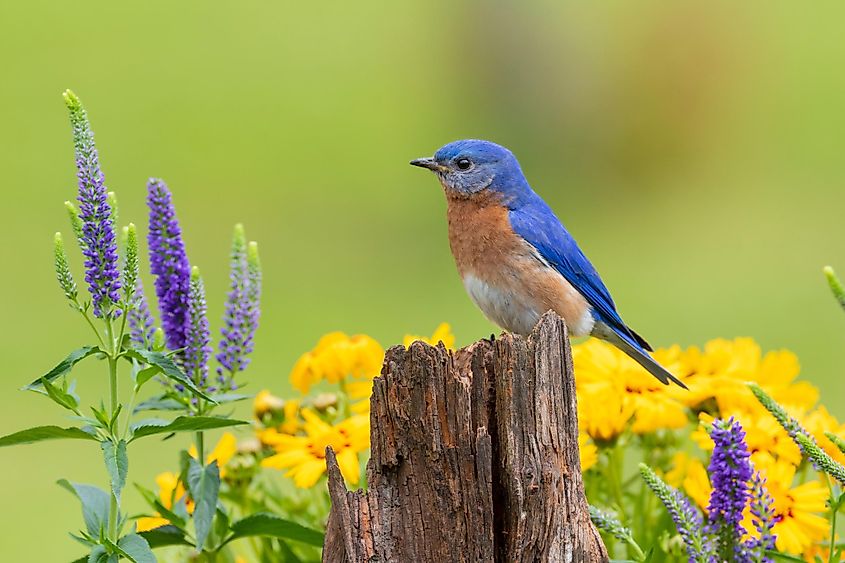
The Eastern Bluebird is the official state bird of New York. Part of the thrush family, this bird is known for its vibrant colors. The males have a bright blue head and back and a reddish-brown breast. The females are muted, with grayish heads, bluish wings, and an orange-brown breast. The Eastern Bluebird is typically found in open country with sparse vegetation and large trees. They're often seen atop power lines or fences. The males are seen bringing nest material in and out of the hole, and they'll wave their wings while perched above the nest. Females are the nest builders and caretakers of the eggs. Their diet consists mostly of insects and available wild berries and fruit. They also prey on reptiles, shrews, and tree frogs. Their lifespan can be as long as ten years. While some fly south for the winter, many Eastern Bluebirds are year-round residents of the state.
Peregrine Falcon
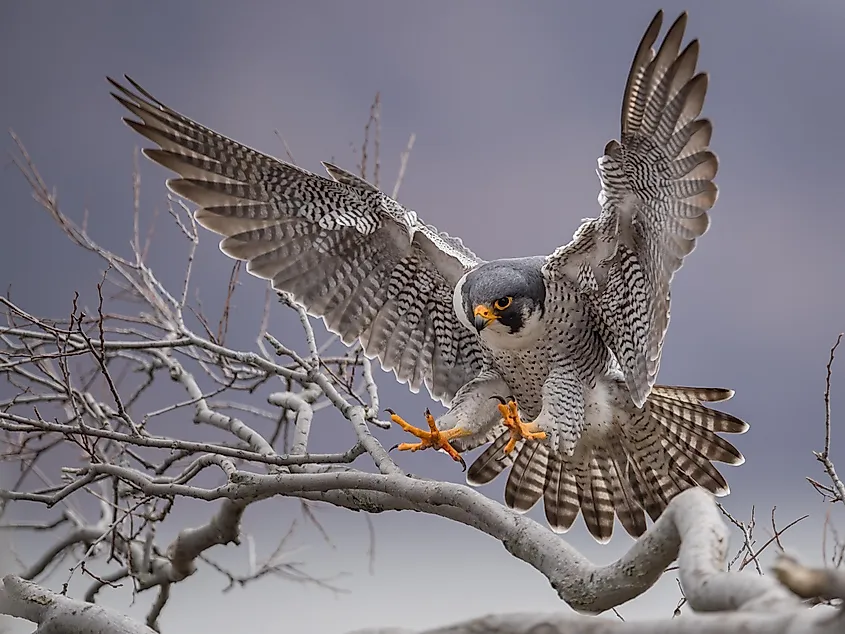
The Peregrine Falcon has a blue-gray back and black markings. They are among the largest falcons in North America, with long, pointed wings and tails. The females are typically larger than the males. For reference, they're roughly the size of a crow. Peregrine Falcons are fast and use their speed to catch their prey. These master hunters feed on other birds and will catch their target mid-flight. In cities, they tend to eat pigeons and favor ducks and shorebirds in other environments. They've adapted well to urban centers and have made their homes in skyscrapers; outside the city, they can be found on coastal cliffs and other high structures. Through conservation efforts, these powerful birds are no longer endangered.
Piping Plover
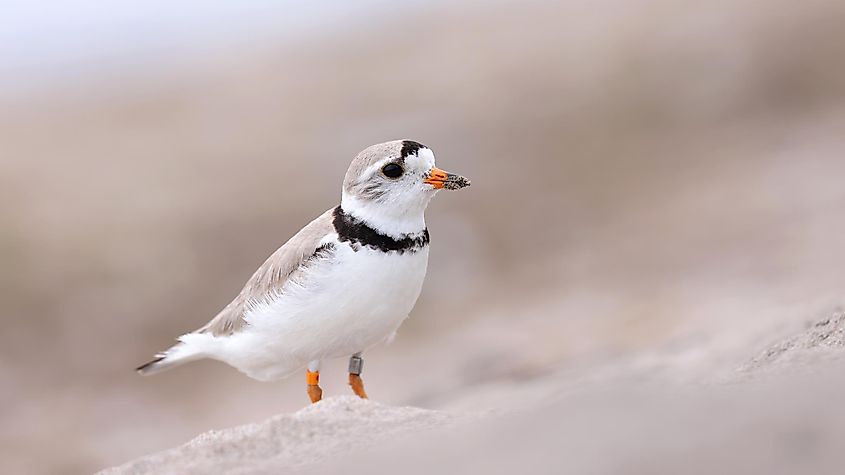
The Piping Plover is a small, rounded bird with a sandy gray back. They are shorebirds known for their unique peeping calls. One will find these shorebirds on the Atlantic Coast and various locations in New York. They tend to make the beach and coastal dunes their home, where they naturally blend into sandy backgrounds. Insects and crustaceans make up the bulk of their diet. They can travel hundreds of miles between their breeding locations and winter homes, yet they will return to breed in nearly the same location every year. Many New York Piping Plovers wisely choose to winter in the Bahamas. They have been known to have a lifespan of up to 16 years. The Piping Plover is on the endangered list, and their nesting areas have been under protection for some years now.
American Woodcock
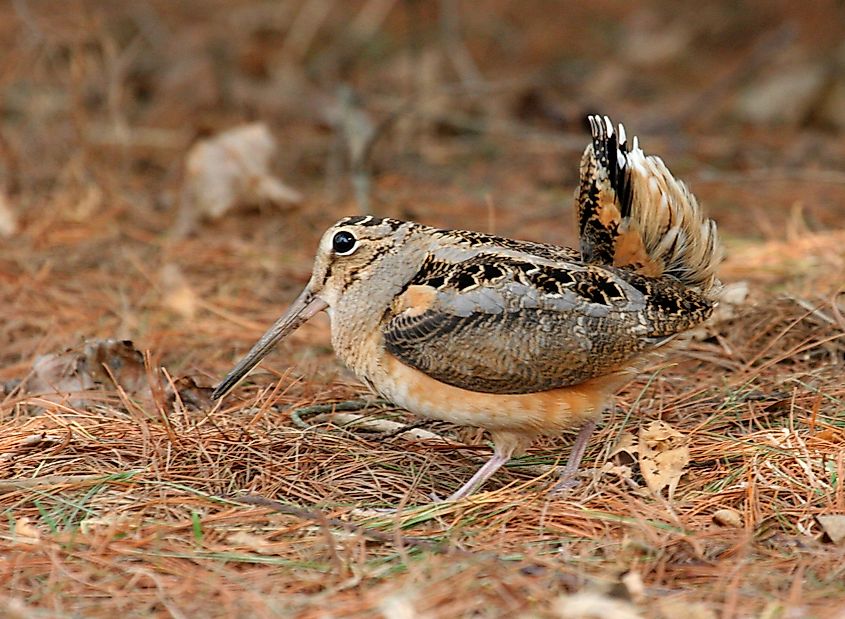
The American Woodcocks are short and stout shorebirds with long bills. Their tails are concise, as are their necks. Combined with an oversized head, these birds look like a cross between a robin and a blowfish and are roughly the size of a robin, for reference. Their underbellies are orangish. Their necks and backs are gray with patterned dark brown and light gray shoulders and brown wings. These birds are typically found in fields, wet meadows, and on the forest floor. They primarily feed on earthworms. They can have a lifespan of up to 8 years. These birds tend to migrate south for the winter. There is low concern for the American Woodcock from an endangered standpoint. Thankfully, these birds are plentiful.
Cerulean Warbler
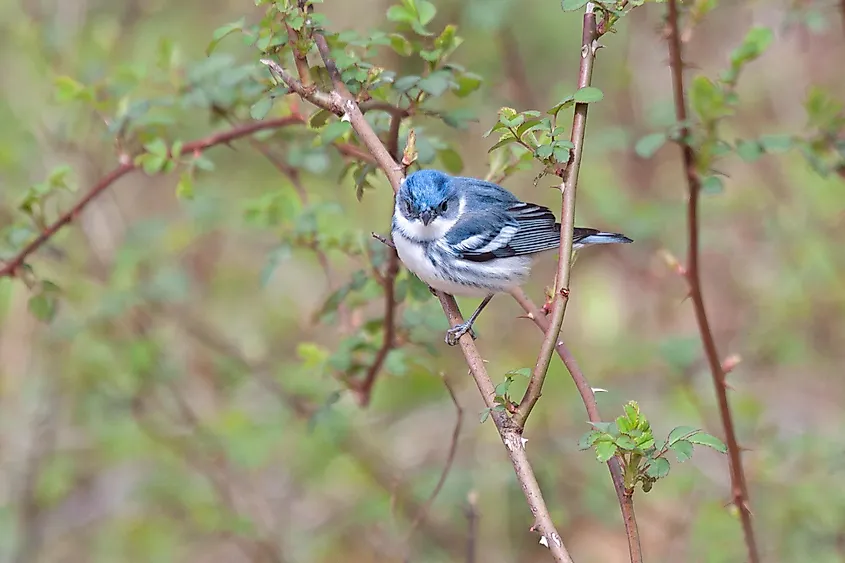
For reference, the Cerulean Warbler is slightly larger than a Tufted Titmouse. The males have deep, clear blue neck bands and streaks down the sides of their bodies. Females sport a shadowy hue of blue-green. They have long migratory patterns, wintering in Central and South America. They tend to make their homes high atop the canopy, some 50 feet above ground. Males have a buzzy song. Females are known to leave their nests in a "bungee-jumping" display. Their diet consists mainly of insects. Cerulean warblers have a lifespan of up to 6 years. These birds are endangered and are declining due to habitat loss.
Top Birdwatching Areas
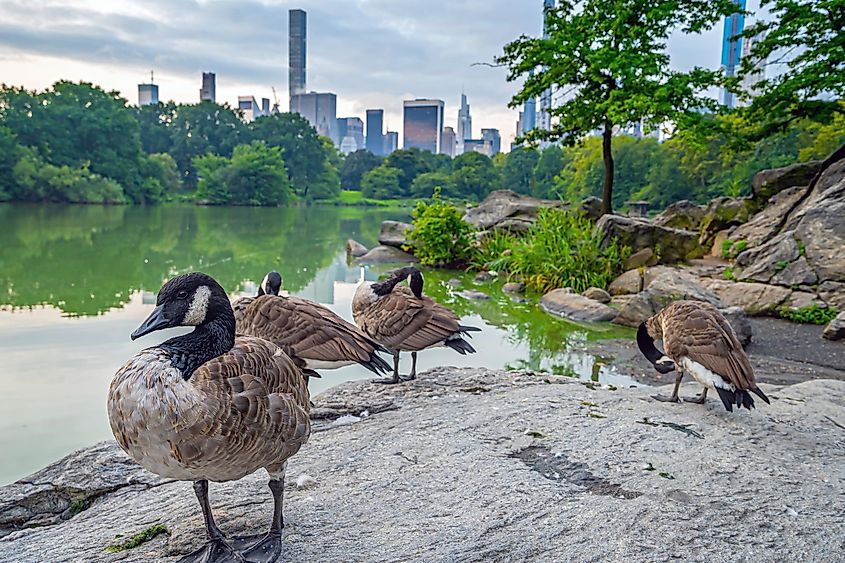
Some of the best birding sites in New York include Central Park in Manhattan, Jamaica Bay Wildlife Refuge in Queens, Prospect Park in Brooklyn, Pelham Bay Park in the Bronx, Derby Hill Bird Observatory near Oswego, Montauk Point State Park on Long Island, and of course, Mount Loretto Unique Area on Staten Island.
Birding Tips for Beginners
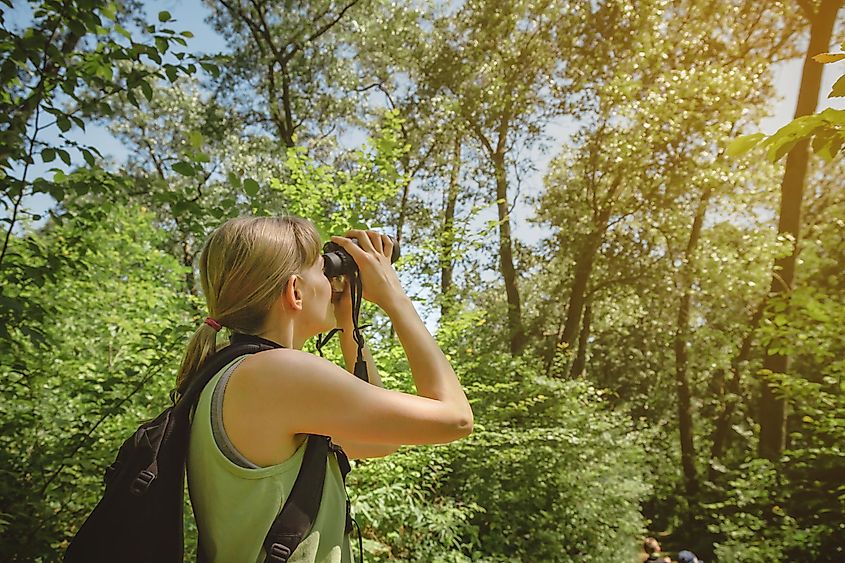
The best times to go birding in New York are during the spring and fall seasons when millions of species migrate through the state parks. Dawn is one of the best times for birding, and noon is typically the worst. If one wants to see the most birds when they are active and vocal, one will need to rise early.
Invest in some good binoculars that aren't too heavy and have a lifetime warranty. Expect to spend between $100-$200 dollars. One might also consider investing in a bird book, flashcards, or reputable guides, such as National Geographic's Complete Birds of North America. Consider connecting with local birders. There are local bird clubs and social media birding groups. The birding community promotes ethical standards of honest reporting and respect for others and their skill levels. Additionally, they encourage more experienced birders to share their knowledge with newbies freely.
Conservation Efforts
Many nonprofits and state-led causes are active in conservation efforts to support our winged pals. One example is ABC Birds, which, in 2022, partnered with other organizations to improve more than 150,000 acres of forest and other habitats in states like New York. Their labors have helped stop the decline of endangered species, including the Southwestern Willow Flycatcher, Marbled Murrelet, and the Cerulean Warbler.
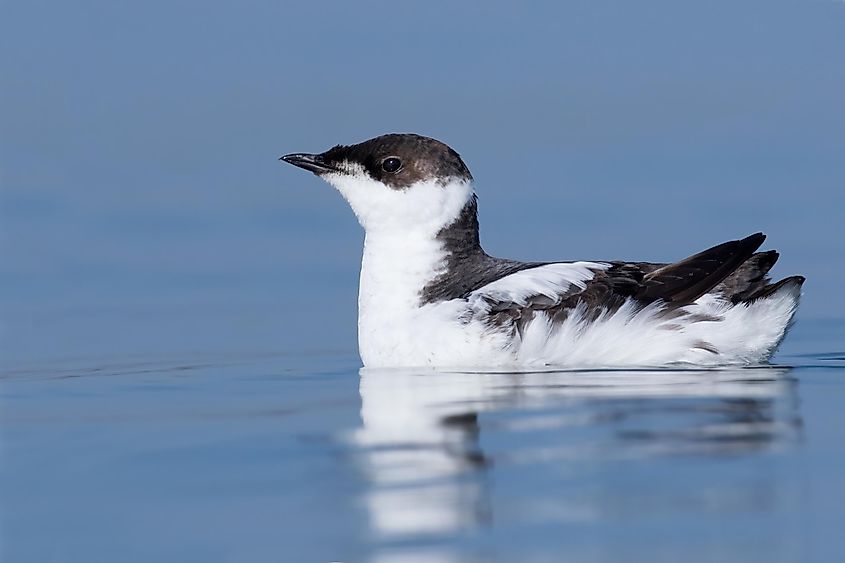
Every February, one can do their part in the Great Backyard Bird Count in New York, with as little time commitment as 15 minutes. Last year, more than 160,000 participated and marked the largest instantaneous snapshot of global bird populations ever recorded. Go to birdcount.org to learn more about how best to participate.
The state of New York offers diverse environments and, therefore, plays host to a plethora of bird species. From its cities to its coastal regions, to its lakes and rivers, meadows and wetlands, the state is home to many striking, vibrantly colored songbirds. Each has its unique characteristics. One will find them atop skyscrapers, in forests, and along the seashore. Some species prey on other birds, reptiles, and rodents. Most feed on insects, worms, wild fruit, and berries. The state is a stopover point for many birds during their migration, and therefore, in fall and spring, one can see millions of diverse avians. Consider doing one's bit to help protect these lovely creatures.
Keats's poem, Ode to a Nightingale, closes with these parting words, "While thou art pouring forth thy soul abroad in such ecstasy! Still wouldst thou sing, and I have ears in vain To thy high requiem become a sod." As the poet wrestles with the contrast between reality and the ideal of the union with man and nature, all can take succor in the bird's song and let it carry one's spirit to the heavens. Let us continue to celebrate and protect this precious population.

